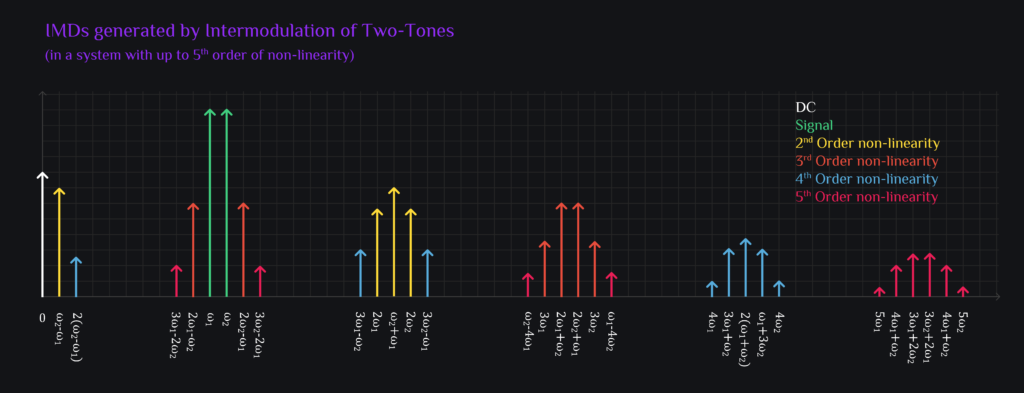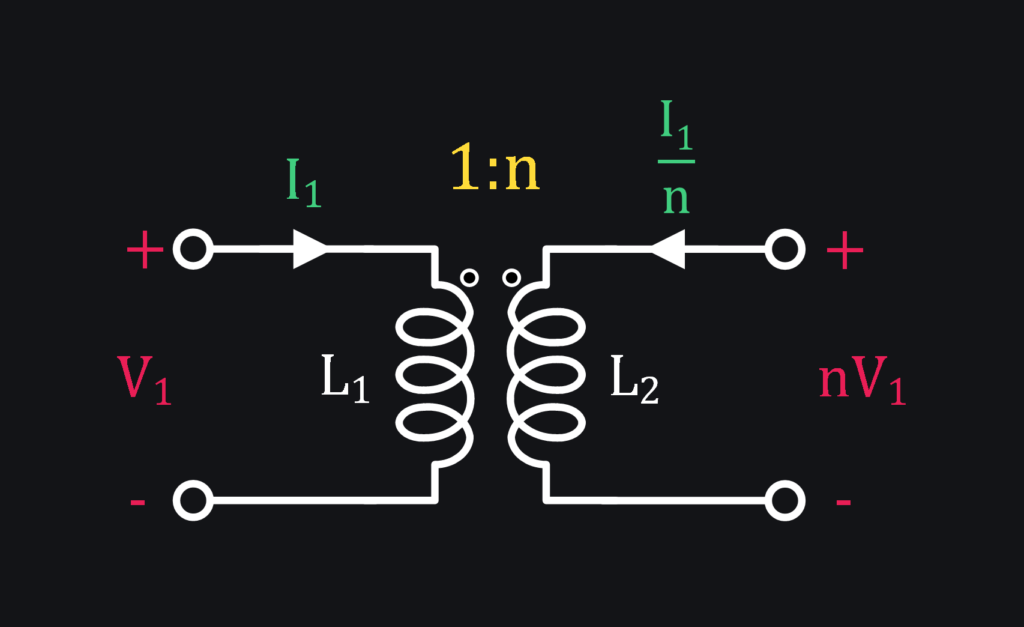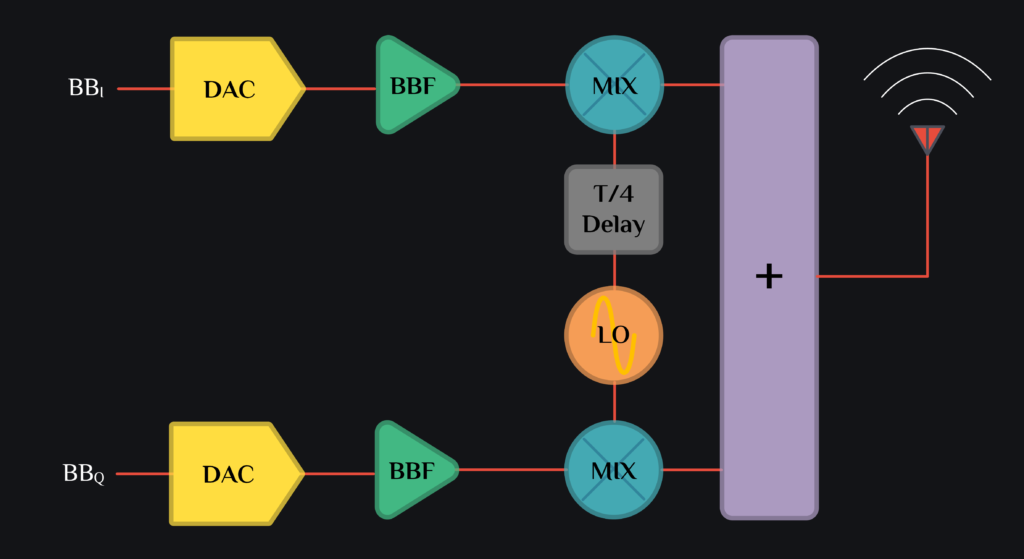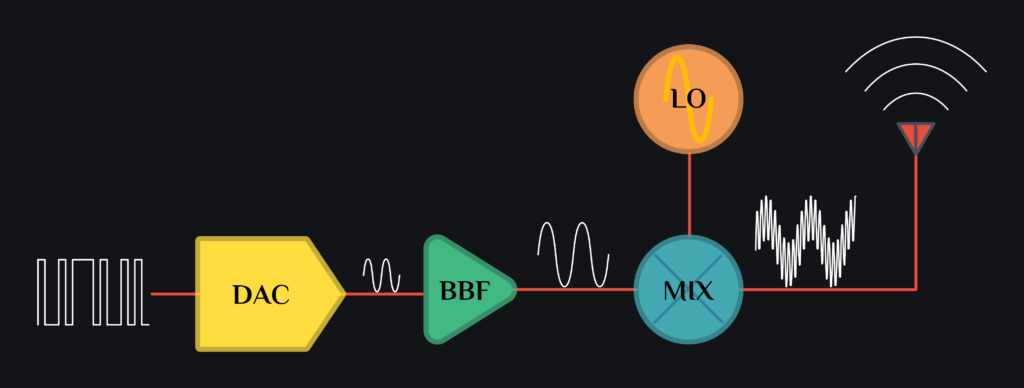Baseband Tones Intermodulation
Intermodulation of Two Baseband Tones This is part 3 in series of two tone intermodulation distortion. When we usually talk about two tone intermods, we mean it for two RF tones for which 2nd harmonics or even order terms fall far away, and we say we only care about IM3 and IM5 because they are close […]
Intermodulation Distortion Analysis

Advance Intermodulation Distortion Analysis This is part 2 in series of two tone intermodulation distortion analysis. Whether you are optimizing linearity or debugging it, you want to understand what are different distortion products, how do they get generated and what are they made of. For example, IM3 is made of odd order non-linearities: 3rd order has […]
RFIC Transformer Model

Integrated Transformer Models We decided to write this article because there are only so many different models of a transformer that exist. Analog IC designers, RFIC designers and mm-wave IC designers – they all understand transformers a little differently. Enough is enough. We are putting together a list of different models (with derivations of course) […]
TX IQ Mixer

TX IQ Mixer We want to upconvert our baseband signal, (omega_{bb}) , to an RF frequency, (omega_{lo}+omega_{bb}). The easiest and probably the only way alive of doing so is to multiply (omega_{bb}) signal with (omega_{lo}) signal. This works and generates two sidebands, (omega_{lo}+omega_{bb}) & (omega_{lo}-omega_{bb}). But in almost all of the applications today, you just […]
TX HRM Mixer
TX HRM Mixer Your mixer has two frequencies going in, (omega_{bb}) and (omega_{lo}), and you desire only one frequency coming out, (omega_{lo}+omega_{bb}). With the risk of stating the obvious, that is not what happens in real world. Your mixer outputs a lot more trash than you would have ever imagined. Some of it lies far […]
TX Mixer

TX Mixer Consider a typical TX with DAC (digital to analog converter), BBF (baseband filter and/or amplifier) and MIX (mixer) as shown in image below. Say DAC outputs a sinusoid signal. Let’s do some math to see what happens to the signal when it makes it to the TX output. $$ DAC,(t): Vcos(omega_{bb},t)$$ This signal […]